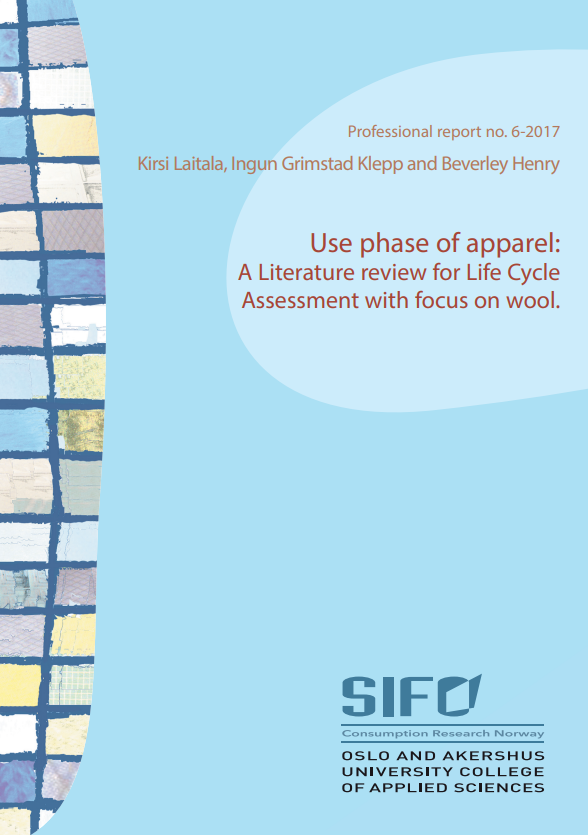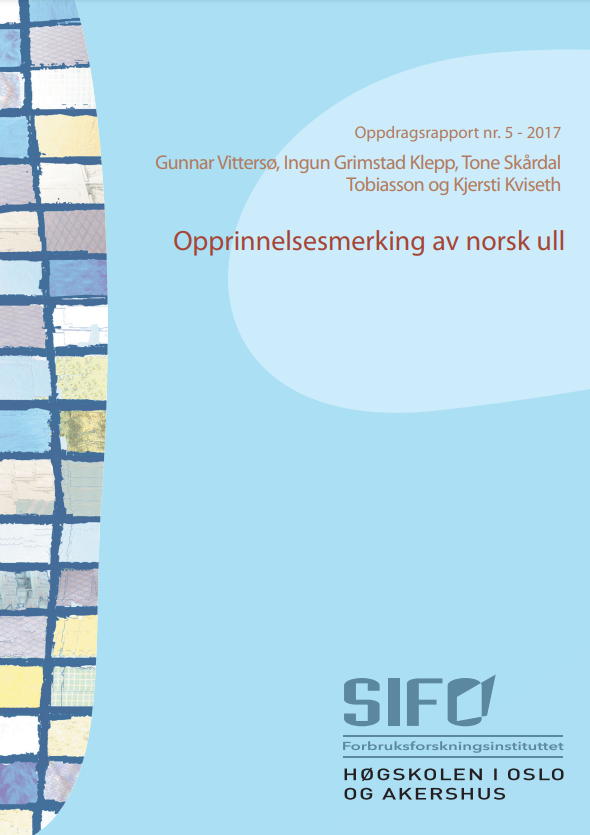Gun Roos, Kirsi Laitala, Ingun Grimstad Klepp, Marthe Hårvik Austgulen og Elling Borgeraas
Sammendrag
På oppdrag fra Arbeids-og sosialdepartementet har SIFO gjennomført en kartlegging av ekstrautgifter knyttet til grunnstønadsordningen. Prosjektet består av to delprosjekter. Formålet med det første delprosjektet er å undersøke hvorvidt matutgiftene ved et kosthold for personer med cøliaki eller andre diagnosegrupper som fordrer at de lever på en glutenfri diett er høyere enn utgiftene til mat-og drikkevarer i SIFOs referansebudsjett, og eventuelt hvor mye høyere.
Formålet med det andre delprosjektet er å undersøke hvorvidt utgiftene knyttet til klær, sko og sengetøy for personer med spesifikke varige sykdommer eller lidelser er høyere enn utgiftene til klær, sko og sengetøy i SIFOs referansebudsjett, og eventuelt hvor mye høyere. Beregningene for delprosjekt 1 viser at ekstrautgifter ved diett som følge av cøliaki og andre diagnosegrupperutgjør ca. 655 kr i snitt for kvinner og menn i aldersgruppen 18-30 år per måned.
I delprosjekt 2 om ekstrautgifter som følge av ekstraordinær slitasje på klær eller sengetøy har vi gjort beregninger for tre ulike diagnosegrupper. Resultatene viser at ekstrautgiftene forbundet med psoriasis eller atopisk eksem (voksne) utgjør i snitt ca. 1,015kr, at ekstrautgiftene forbundet med ADHD (barn 10-13 år) i snitt utgjør ca. 710kr, og at ekstrautgiftene forbundet med stomi (voksne) i snitt utgjør ca. 800kr permåned. Det må presiseres at det hefter usikkerhet om alle beregningene, og det kan være nødvendig å ha et litt distansert holdning til beregningenes presisjonsnivå.
Klikk here for å lese hele rapporten (oda.oslomet.no).
Summary
On behalf of the Ministry of Labour and Social Affairs, SIFO has carried out a mapping of additional expenses related to the basic benefits scheme. The project consists of two subprojects. The purpose of the first subproject is to investigate whether the dietary expenses of people with celiac disease or other diagnosis groups requiring them to live on a gluten-free diet are higher than the cost of food and beverages in SIFO’s reference budget, and possibly, how much higher.
The purpose of the second subproject is to investigate whether the expenses associated with clothes, shoes and bedding for persons with specific permanent illnesses or disorders are higher than the cost of clothes, shoes and bedding in SIFO’s reference budget, and possibly, how much higher. The calculations for subproject 1 show that additional dietary expenses due to celiac disease and other diagnosis groups amount to approximately 655 NOK in average for women and men in the age group 18-30 years per month. In subproject 2 on extra costs due to extraordinary wear on clothes or bedding, we have made calculations for three different diagnostic groups.
The results show that the extra expenses associated with psoriasis or atopic eczema (adults) amount to approximately 1,015NOK, that the extra expenses associated with ADHD (children 10-13 years) on average amount to approximately 710NOK, and that the extra expenses associated with stoma (adult) on average amount to approximately 800NOK per month. It must be emphasized that uncertainty is connected with all of the calculations, and it may be necessary to have a slightly distanced attitude towards the calculation’s precision level.
This report is only available in Norwegian.


